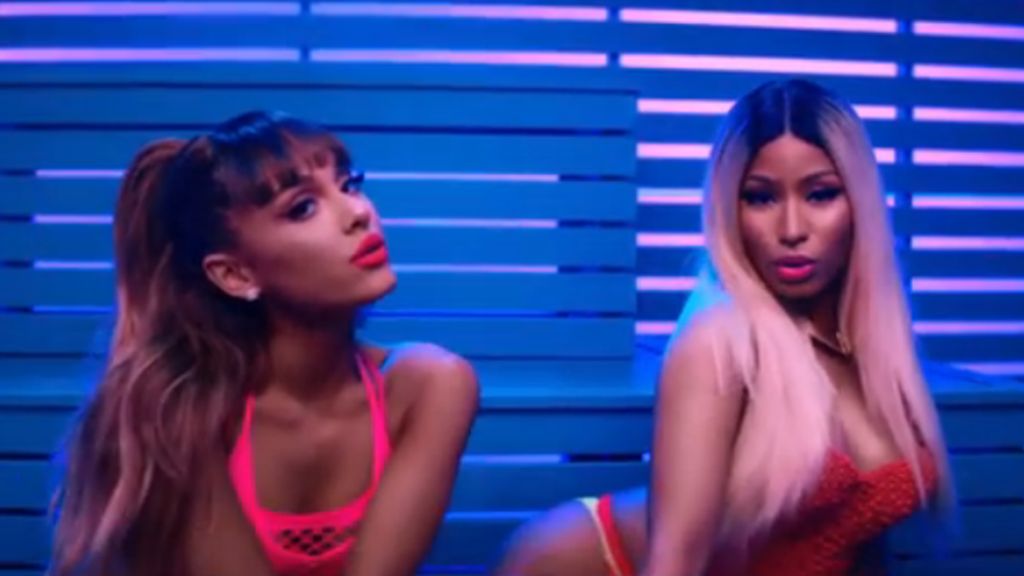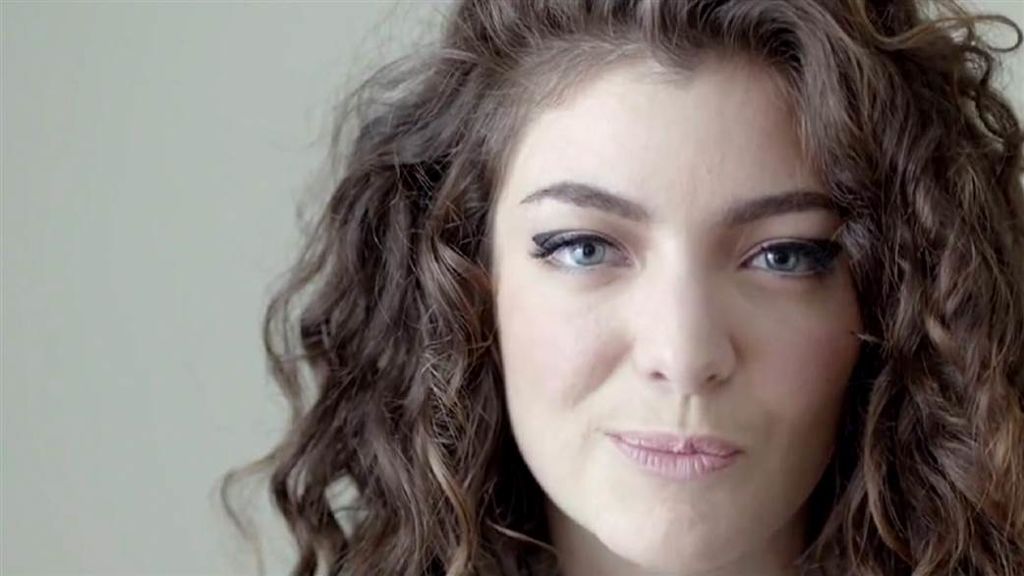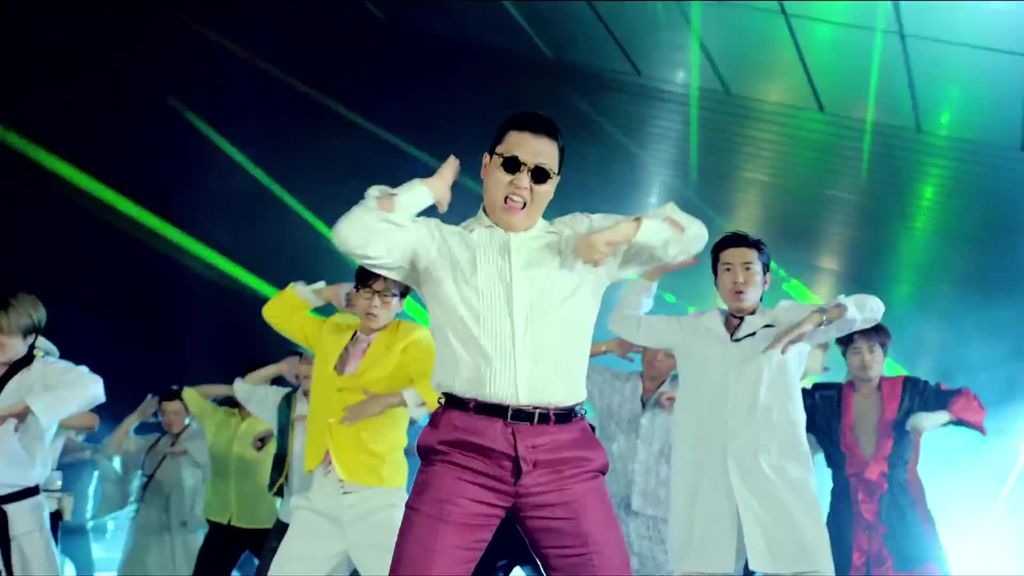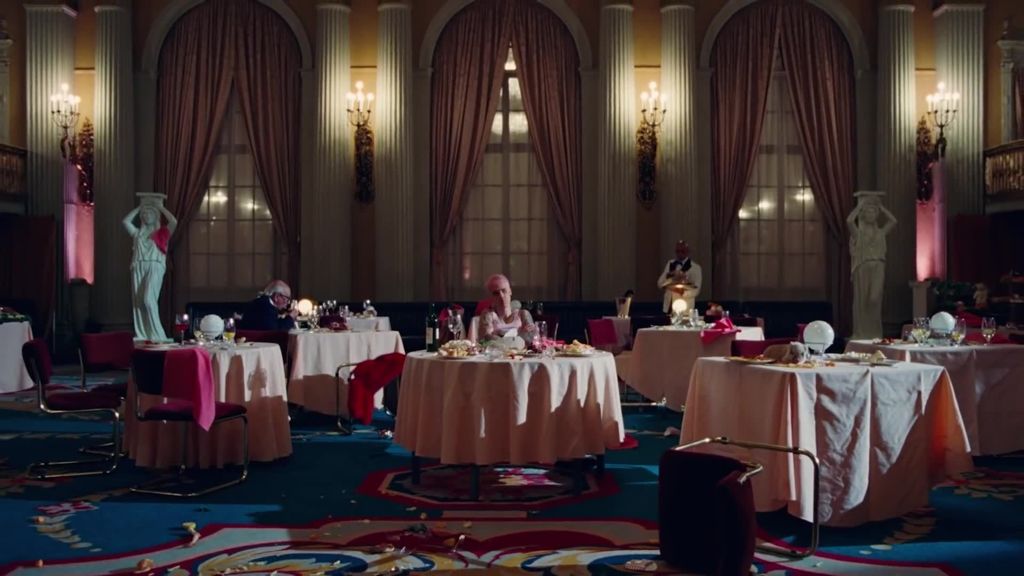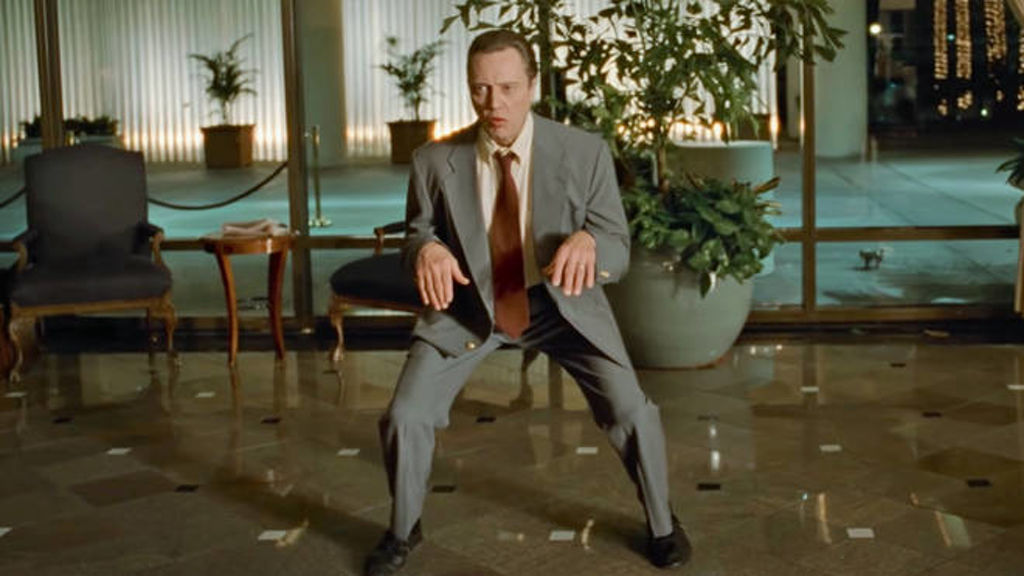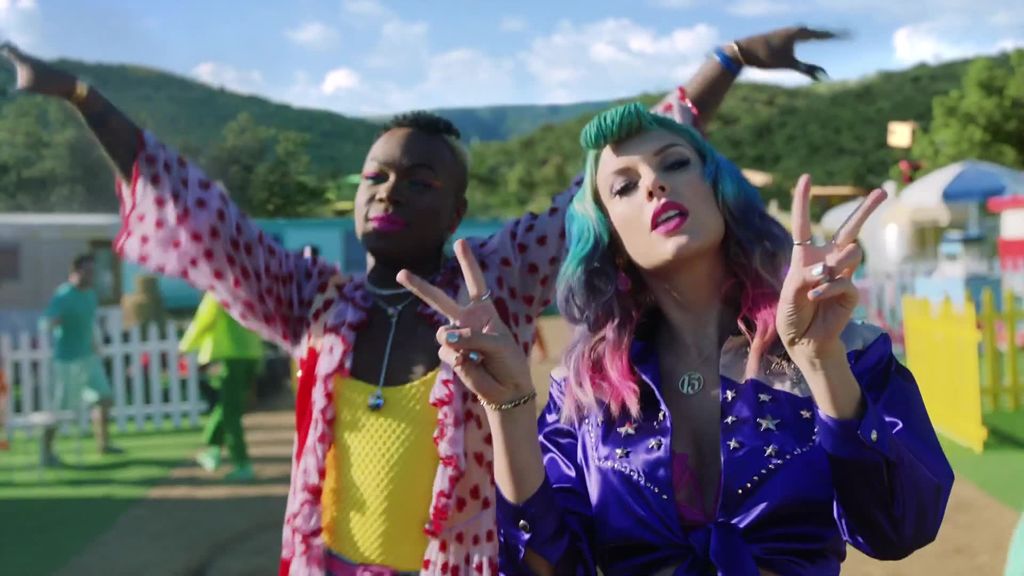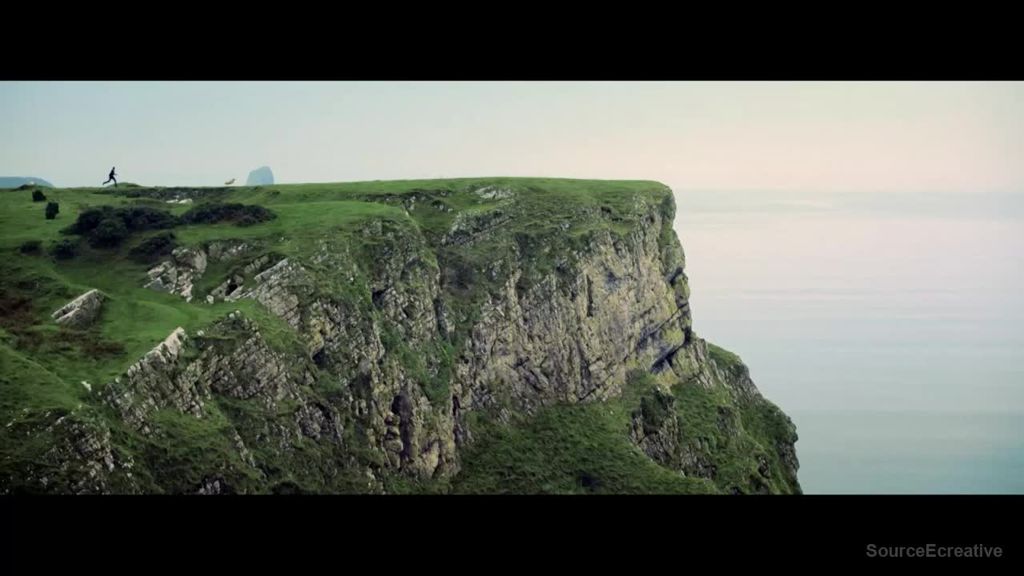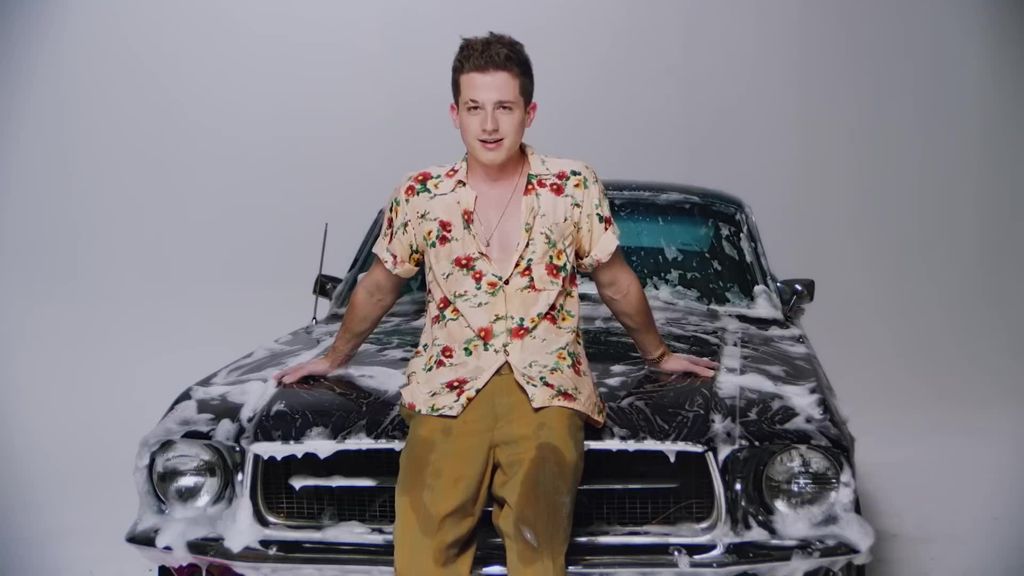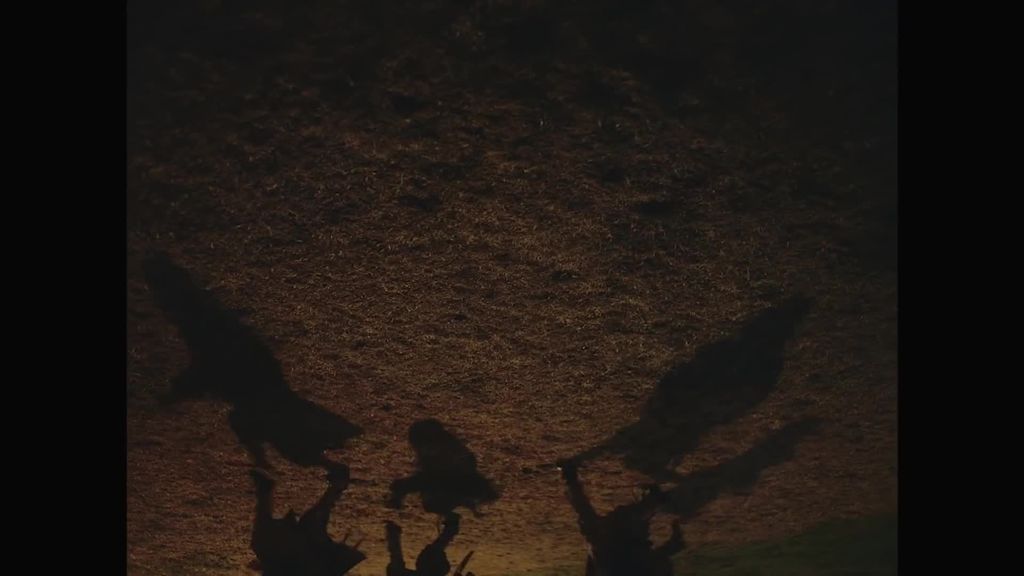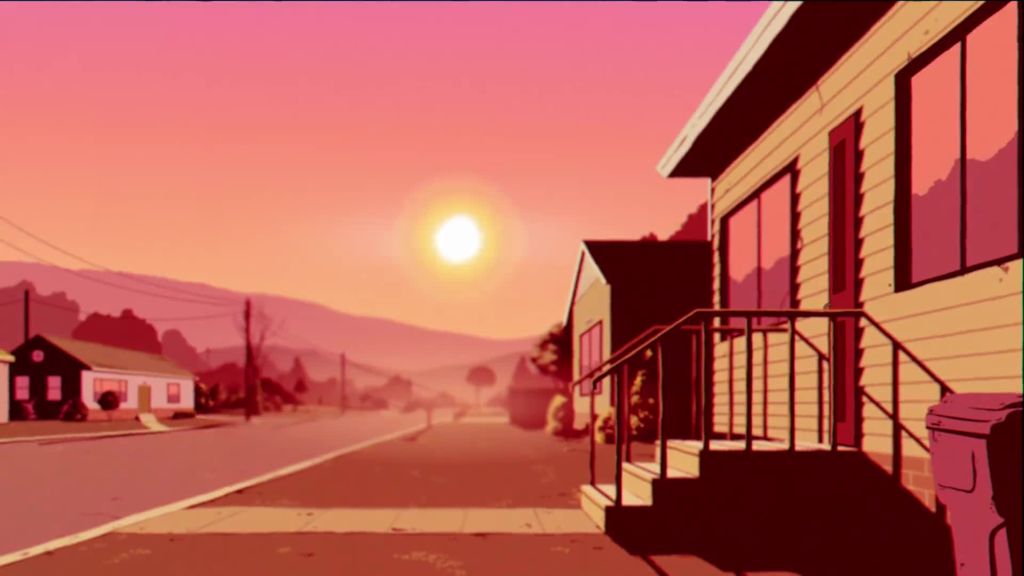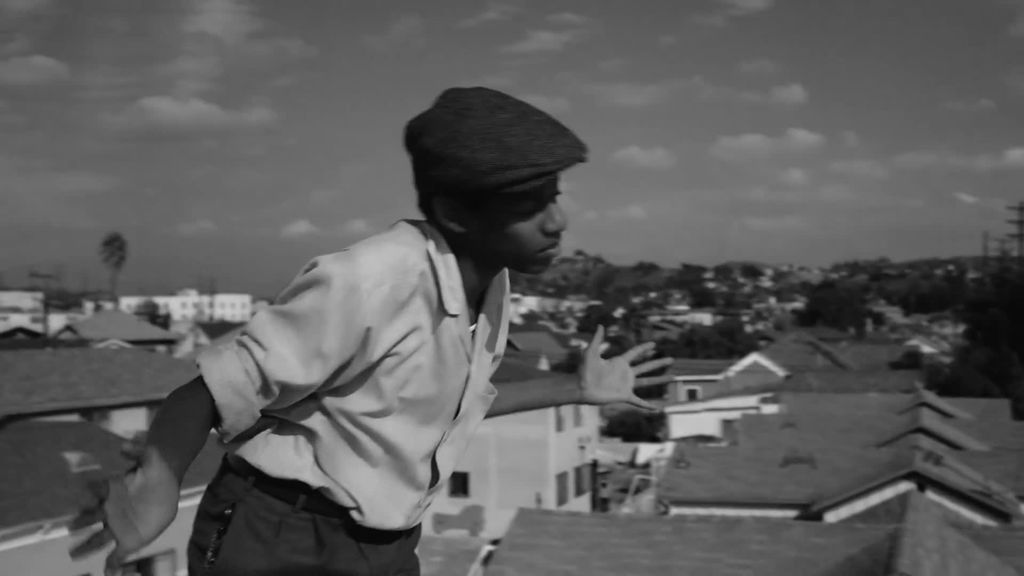)
What does it mean for a music video to go viral?
Doomsday founder and Music Video EC, Danielle Hinde, takes a look back at some of the music video moments that blew up the internet... and why it happened.
As the founder and Executive Producer of Doomsday, Danielle Hinde has seen her fair share of music videos pass through her door and across her screen. We sit down to talk to her about the Holy Grail of music videos - going viral.
What do you think it takes for a music video to go viral?
A music video ‘going viral’ requires a combination of shock value, uniqueness, and unexpectedness. It’s much more challenging to shock people these days. Since we are inundated with intense imagery all day long, it’s quite an accomplishment if you’re able to surprise audiences. A massive hit will also help a video go viral. I came up under the Gondry school of music videos, so I love videos that are simple in concept but definitely not in execution (even though viewers at home would never know that).
When I used to teach film production at USC, I would tell all the youngin's to write simple and unique ideas because those are the ones that stand out/go viral. Plus, they are easier on the forever shrinking budgets most music videos come with these days, like the original viral treadmill video for OK Go.
OK Go – Here It Goes Again
The White Stripes – City Lights
Above: OK Go's viral video Here It Goes Again; City Lights directed by Michel Gondry.
What constitutes a ‘viral’ video? Is it likes, views, press?
Viral to me is something that gets people talking - that literally infects and spreads through daily conversation. A project may not amass the same number of views as an Ariana Grande music video, but it would be viral if it elicits think-piece articles, global press and subreddits.
What about videos that don’t immediately go viral, but take a few months? Or even years?
They require someone to revive them, whether in the form of a meme or a gif. Social media has heightened the demand for meme content because younger generations absolutely devour this sort of humor.
You can get away with more controversial material in animated videos because there’s an element of fantasy baked in.
It makes sense that full-time jobs are dedicated to quippy content creation. I think we’re going to see a lot more references dug up from the archives - whatever keeps things quirky and irreverent.
Ariana Grande – Ariana Grande - thank u, next
Ariana Grande featuring Nicki Minaj – Side To Side
Would you say that videos often respond to something social?
Social is a broad category, especially with social media platforms as homes for discourse among people. 'Social' topics include the cultural, political, humorous and heartfelt. I would argue, in that sense, that most (if not all) videos respond to something apparent to our social consciousness. That’s what makes music videos relatable in the first place.
A music video ‘going viral’ requires a combination of shock value, uniqueness, and unexpectedness.
But in the traditional sense, Lorde’s Royals music video comes to mind as a video that responded at the time to the very real sentiment among teens that they had to be loud with their own voice, rather than mimic the popularity of the early 2000s MTV-era stars they didn’t think they could become. Just as quickly, as a result, those celebrities fell out of public favor.
All art is political, but music videos are often extremely political. Do you think that has anything to do with virality?
Political videos shake up the divisiveness all countries deal with, especially in the states. Nothing riles people up more than taking a stand on something that divides humanity. We made a very poignant and powerful video about gun violence, before it became the widely-discussed issue it is today, and it was shelved because the artist feared it would polarize their audience.
People all over the world identified with This is America because it deals with a reality experienced by so many globally, not just in the U.S.
It’s part of the human condition to go along with the majority, and not many fans are on board with standing behind an artist sending a strong message, especially in the digital age. It’s probably why a lot of bigger names have previously felt scared to speak out on issues. But the artists that don’t care and/or have nothing to lose can get away with taking a position. Donald Glover was able to achieve that in This is America. He didn’t have anyone telling him not to, so he could execute his art freely.
What allows a music video to resonate with millions, if not billions, of people?
Humor, humanity, and social issues. People all over the world identified with This is America because it deals with a reality experienced by so many globally, not just in the U.S. One part of the world specifically was Brazil. They were going through a similar crisis within their own government and it really resonated with them.
Childish Gambino – This is America
Lorde – Royals
How do you see dance crazes and moves playing into virality?
Dance crazes can only happen properly when they are organic and pure. When these moments are forced through social media contests or label-driven agendas, it takes away the magic of discovery and ingenuity. You can’t manufacture the feeling of seeing kids in Uganda dancing to French Montana--that’s humanity in its purest form without any external involvement.
I think we’re going to see a lot more references dug up from the archives--whatever keeps things quirky and irreverent.
Viral content happens when viewers are exposed to something they’ve never seen before and are taken by surprise. As soon as you try to mimic that feeling, it becomes ingenuine and unsuccessful.
Is going viral still a guessing game? How much is method and how much is just hard work and hope?
We are often too close to the work and it’s hard to predict how people will react to it; we can only hope that people will resonate and identify with the message. But I think this goes back to my previous comment about manufactured virality. You can’t go into a project with the intention of making it viral, as people will see through that and lose interest.
Some videos didn’t reach true viral status by getting billions of views, but [Flying Lotus] went viral in my heart.
When we made One Republic’s Counting Stars with my director James Lees, we had NO idea how massive it was going to be. It’s still in the top 15 most-watched videos on YouTube. We were just living our best lives in New Orleans trying not to get eaten by the set alligator. When you don’t focus on virality, you do focus on your original project goals, with intention.
Beyonce – Single Ladies
PSY – Gangnam Style
Above: Music videos that produced dance crazes.
How much production and thought goes into all the details, choreography, and costume?
Videos of scale often require a lot of stars to align. This means the label, director, producer, and (sometimes) artist all happen to agree on the crew we hire--when there is agreement on the DP, PD, and stylist, it indicates that we share the same approach, which is a great sign.
Nothing riles people up more than taking a stand on something that divides humanity.
In the case of Yummy, the director Bardia Zeinali had a very detailed and specific vision going into it, and it was fun to go inside his brain and execute all the insanity.
I’m starting to see more and more high-caliber, well-known actors appearing in music videos as the narrative focus. How do these collaborations happen?
We often get briefs from labels saying, “it would be great to have a celeb cameo,” as they always help with the viralness of a video, or director/production says, “it would be rad if we got a celebrity to play a certain role,” because the artist may have a relationship with someone specific. I have found that a lot of celebs enjoy the process because it’s a totally different experience from what they’re used to, and they’re able to flex a different muscle. Getting John Hawkes in Hiro Murai’s Massive Attack video Take It There featuring Tricky & 3D took forever to pull off, but after a lot of persistence with his agent it finally happened.
Justin Bieber – Yummy
Weapon Of Choice
Taylor Swift – You Need To Calm Down
Mumford & Sons – Lover of the Light
Charli XCX – Boys
Massive Attack, Tricky – Take It There
Above: Music Videos with famous actors and cameos involved.
How hard is it to balance major all the creative influences in a music video, from the artist, to the director, to the editor?
It’s a fun little dance. The most successful videos happen when the director and artist are completely on the same page, so there are no surprises or major concessions being made. You always hope that an artist picks a director because they respond to their aesthetic, and the same goes for the director feeling passionate about what the artist is trying to say--but that isn’t always the case.
Viral content happens when viewers are exposed to something they’ve never seen before and are taken by surprise.
I think directors sometimes forget that, at the end of the day, it’s a commercial for the artist, and they’re the ones that have to put their name and face on the end product. So if the artist is uncomfortable by a situation the director puts them in, it’s a recipe for disaster.
The overall experience is more successful when the artist and director have a lot of up-front communication. Trust across all departments is very crucial too. A successful video comes from finding the right crew, which can sometimes take years. Once you have that, you don’t have to spend a lot of time on set getting on the same page.
What do you think about animated music videos?
You can get away with more controversial material in animated videos because there’s an element of fantasy baked in. But I don’t think they are quite as popular as they used to be, since people rarely have the time/resources to make them happen anymore.
Dance crazes can only happen properly when they are organic and pure.
Timelines for single-release videos are usually 2-3-weeks from the time we shoot to final delivery. We’re not seeing videos like Queens of the Stone Age, Go With The Flow or The White Stripes' Seven Nation Army as much as a result.
How do you ensure that good songs get great videos, and great videos get noticed?
It’s a hard job for a commissioner these days, because they have the overwhelming pressure to create a viral video while also dealing with the inevitability of shame culture. The fear of social backlash is very real right now, so the content being made is often safe and guaranteed not to offend many people. But when this happens, the better (and riskier) ideas are overlooked and wasted. When an artist and/or label is willing to take risks, then we’re able to have some fun.
Videos of scale often require a lot of stars to align.
The more layers of filtration a video has to go through, the more diluted it will become, regardless if the song is fire or not. To quote Mean Girls, “stop trying to make fetch happen, it’s never going to happen!” In other words, the harder people try to make something viral, the less it will be so. Lest we forget Cats?
Queens Of The Stone Age – Go With The Flow
White Stripes The – Seven Nation Army
Childish Gambino – Feels Like Summer
How do you see social media affect music videos going viral?
Viral videos wouldn’t exist without social media. They are fueled by the likes, the shares, the press, the memes/gifs and the reddit discourses. As I said, the crucial component of virality is the conversation. I
The most successful videos happen when the director and artist are completely on the same page.
n the digital era (and beyond), social media platforms are where people of all ages are having these conversations about their loves in life--and more of these platforms are springing up by the day, only adding fuel to the fire.
What recent music video do you wish had gone viral?
We made a video for Michael Kiwanuka’s Black Man in a White World and it’s one of my favorite videos we’ve ever made. It was met with a lot of love from our industry peeps, but it didn’t go insanely viral. The execution alone was worthy of viral fame; it was so nuts, although it appears very easy and simple. Even when Hiro pitched the idea, we were like, “how the fuck do you even do that?”
A successful video comes from finding the right crew, which can sometimes take years.
Apparently you do it with a lot of creative producing from our EP Jason Cole, a solid stunt team, a kid and a steadi op, each supported by a single wire while hoisted in the air by a 60 ft crane. Throw in a car crash, just for giggles. Long story short, panic attacks produce viral content.
And lastly...do you have a favorite viral video of the last decade?
I spend a lot of time on Reddit, so it’s impossible for me to have just one. But hands down, and I’m not just playing favorites here, Hiro’s Flying Lotus video still tops my list. It’s not as well known as other viral videos on the internet, as it didn’t reach true viral status by getting billions of views, but it went viral in my heart. I must have watched that video a million times because of how it made me feel. He focused the video on death--an inevitable end we all face--and found a way to present it in a beautiful and hopeful way. And Leon Bridges’ River was absolute perfection to me for the same reasons.
Flying Lotus ft. Kendrick Lamar – Never Catch Me
Michael Kiwanuka – Black Man In A White World
)










